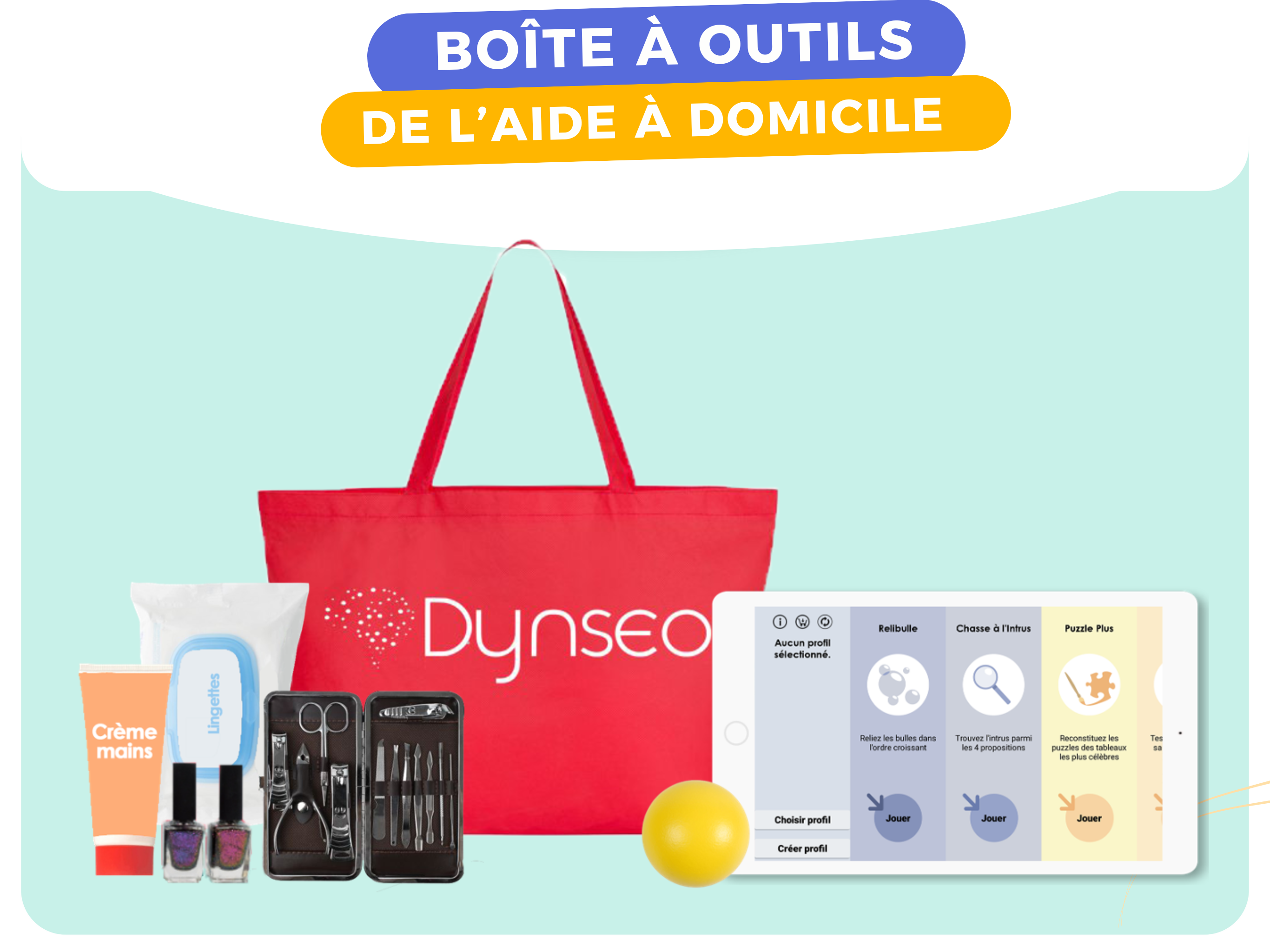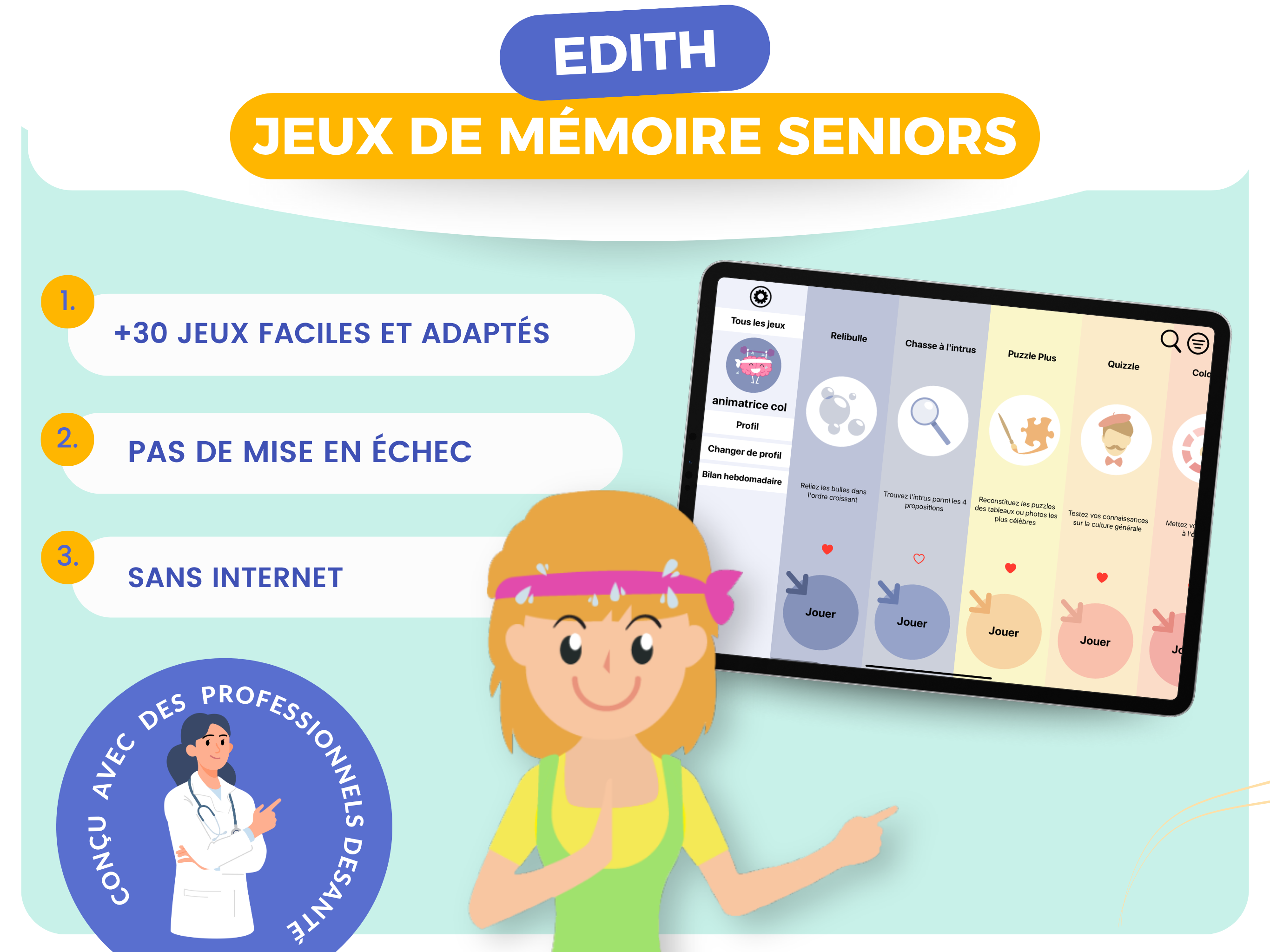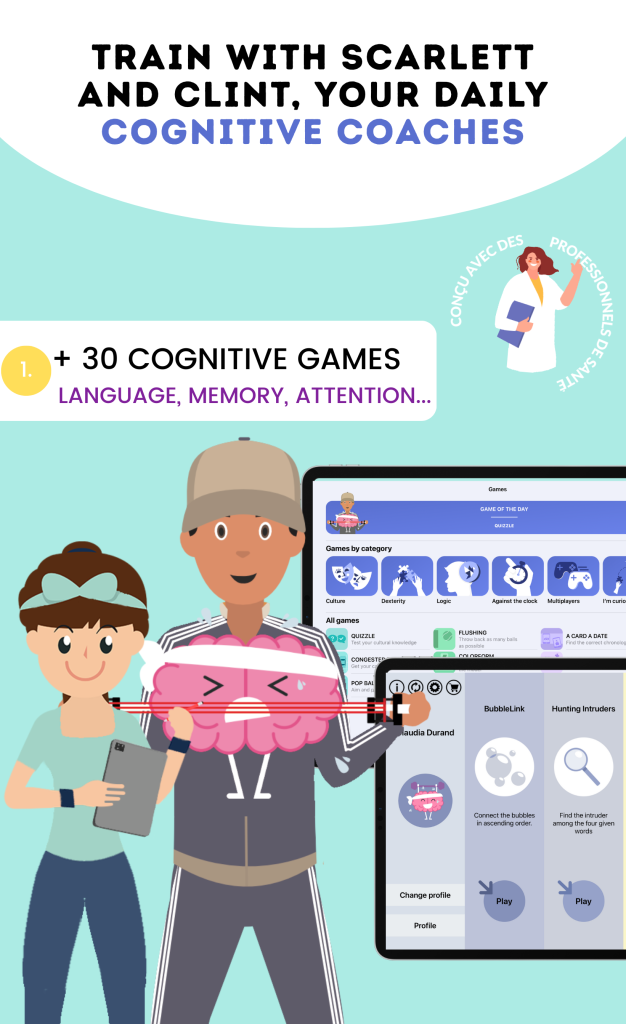title: Digital liaison notebook for home care: complete setup guide
description: How to set up an effective transmission file and digital liaison notebook for home care. Tools, methods, essential content, information management, team coordination, and data security.
keywords: digital liaison notebook, transmission file, home care, information transmission, care coordination, home care application, care traceability, team communication
[/META]
liaison notebook, transmission, patient file, digital, home care, coordination, traceability, communication, digital tools, data security
[/TAGS]
Reading time: 24 minutes
“The liaison notebook? No one reads it.” “I wrote that Mrs. Dupont fell, but the next aide saw nothing.” “The notebook has disappeared, all transmissions lost.” “I spend 10 minutes deciphering my colleague’s illegible handwriting.” “The family never knows what happened during the day.”
The liaison notebook is the central tool for coordination at home. It is the collective memory of the team, the common thread that connects all stakeholders, the record of what happens daily. Yet, in reality, the paper notebook poses many problems: illegible handwriting, lost information, misplaced notebooks, transmission delays, and access difficulties for all.
The shift to digital revolutionizes transmission: immediate accessibility, real-time notifications, total traceability, enhanced security, shared photos and documents. But how to set up an effective digital liaison notebook? Which tools to choose? What content? How to train the teams?
This guide will walk you through step by step to transform your field transmission, improve coordination, secure information, and save valuable time.
—
Table of contents
3. Essential content of a transmission file
6. Data security and confidentiality
—
Why go digital {#pourquoi-numerique}
The limitations of the paper notebook
1. Limited accessibility
Only one copy: If at home, stakeholders who are not on-site do not have access.
Time loss: One must go to the home to read or write.
No access for coordinators: Managers, doctors, family cannot easily consult.
2. Risks of loss, deterioration
Misplaced notebook: Spilled coffee, dog chewing, mysterious disappearance.
Loss of history: If the notebook is lost, all memory goes with it.
No backup: Impossible to retrieve information.
3. Illegible handwriting
Stress, fatigue, fast writing = hard to read.
Loss of information: If one does not understand what is written, the information is useless.
4. Transmission delays
Deferred transmission: The next aide sees the information only when they arrive at the home (sometimes 24 hours later).
No reactivity: If the information is urgent (fall, food refusal), the delay can be problematic.
5. No clear traceability
Who wrote what? Sometimes no signature, or it is illegible.
When? Not always a precise date/time.
Impossible to verify: Who saw which information, who reacted.
6. Difficult to analyze
Follow-up over time: Comparing evolution over several weeks = flipping through the entire notebook.
No statistics: Impossible to quantify (number of falls, frequency of refusals, etc.).
The advantages of digital
1. Immediate, remote accessibility
All stakeholders can consult, write, even without being at home.
In real-time: Information written is immediately visible to all.
Multi-device: Smartphone, tablet, computer.
2. Notifications and alerts
Real-time alert: Urgent transmission = push notification on all stakeholders’ phones.
Reminders: Programming reminders (e.g., “Remember to monitor blood pressure after treatment modification”).
3. Total traceability
Who wrote, when, which device: All data recorded.
Complete history: Impossible to lose information.
Clear responsibility: Everyone electronically signs their transmissions.
4. Security and confidentiality
Encrypted data: Enhanced security (GDPR standards, certified hosting for health data).
Controlled access: Only authorized professionals can consult.
Automatic backups: No risk of loss.
5. Photos and documents
Photos of wounds (monitoring evolution), home adaptations, medications (check pillbox).
Scanned documents: Prescriptions, hospital reports.
6. Analyses and statistics
Monitoring evolution: Automatic graphs (weight, vitals, mood).
Generated reports: Monthly summary in one click.
Trend detection: Algorithms can alert (e.g., regular weight loss).
7. Family integration
Family access (with patient consent): Parents can follow from a distance.
Reassures loved ones: They know what is happening, feel involved.
Reduces calls: Family consults the application rather than calling the aides.
—
Choosing the right tool {#choisir-outil}
Selection criteria
1. Ease of use
Intuitive interface: Simple, clear, few clicks to write a transmission.
No need for long training: Quick adoption by teams.
2. Multi-device accessibility
Mobile application (iOS, Android): For field aides with smartphones.
Web version (computer): For coordinators, family, doctors.
Automatic synchronization: Written on phone = immediately visible on computer.
3. Essential features
Liaison notebook (text transmissions).
Shared planning (who intervenes when).
Task management (care to be performed, check-lists).
Alerts and notifications.
Photos and attachments.
Secure messaging (between aides).
4. Security and compliance
GDPR: Compliance with the European data protection regulation.
HDS hosting (Health Data Host): Mandatory for medical data in France.
Strong authentication: Password + two-factor authentication.
Data encryption: Secure transmission and storage.
5. Cost
Free: Solutions exist, but often limited in features.
Subscription: Cost per user/month, varies by solution (€5 to €30/user/month).
Structure budget: Some solutions offer subscriptions for structures (SSIAD, home care services).
6. Technical support
Assistance: Availability in case of technical issues.
Training: Training modules, video tutorials.
Updates: Tool evolution, new features.
Available solutions
1. Care coordination applications
Examples:
- Medeo: French application, GDPR, HDS, widely used by SSIAD, HAD
- Lifen: Secure messaging + coordination, compatible with medical files
- Whoog: Simple digital liaison notebook, intuitive interface
- Prestatys: Complete home care management
- Apizee: Coordination + video (teleconsultations)
- Date and time (automatic in digital tools)
- Name of the aide (electronic signature)
- Type of intervention (AVS, IDE, physiotherapist, etc.)
- Complete personal hygiene at the sink (independent, I helped with her back)
- Dressing (chose blue sweater, independent)
- Breakfast: 1 bowl of coffee with milk, 2 slices of bread with jam, 1 yogurt (enjoyed)
- Memory games on SCARLETT tablet: 20 minutes, really enjoyed, good results
- Discussion about her childhood memories (very talkative today)
- BP: 13/8 (stable)
- Pulse: 72 bpm
- Temperature: 36.8°C
- Pressure sore dressing: improved appearance, no signs of infection, healing in progress
- Photo taken for follow-up (see attachment)
- Medication administration at 2 PM (according to pillbox)
- Improve reactivity?
- Reduce errors?
- Involve family?
- Facilitate aides’ lives?
- Smartphones/tablets: If aides do not have them, provide (cost to be anticipated).
- Internet connection: 4G/5G sufficient, WiFi at home if available.
- Chargers, accessories: Anticipate.
- Create user accounts (one per aide).
- Set access rights (who sees what).
- Import existing patient data (if possible).
- Check synchronization.
- Test notifications.
- Simulate different scenarios.
- Information meeting, explanatory letter.
- Advantages of digital (better coordination, security).
- Written consent (GDPR).
- Possibility of family access (if desired).
- Tool presentation (demonstration).
- Deployment schedule.
- Reassure (training planned, support).
- Connect, navigate the interface.
- Consult the patient file, read transmissions.
- Write a simple transmission.
- Add a photo.
- Use alerts and notifications.
- Consult the planning.
- Messaging between aides.
- Manage tasks.
- What to write, what not to write.
- Security: password, logout, confidentiality.
- GDPR: patient rights, consent.
- Managing common technical issues.
- Complete toolbox: guides, templates, check-lists
- Training: Stimulate and create links with DYNSEO games
- SCARLETT program: Cognitive stimulation adapted for seniors
2. Custom solutions
Some structures develop their own tool (significant investment, precise adaptation to needs).
3. Generic collaborative tools (not recommended for medical data)
WhatsApp, SMS, email: Not secure, not GDPR compliant for health data, to be absolutely avoided.
Google Drive, Dropbox: Can store documents, but not suitable for daily coordination, limited security.
Our recommendation
To start: Choose a simple, intuitive solution, accessible subscription, responsive technical support.
Test several: Free trial period (often 15-30 days).
Involve the teams: Ask for their opinions, test in the field.
Prefer French solutions: GDPR compliance guaranteed, support in French.
—
Essential content of a transmission file {#contenu-essentiel}
Structure of a daily transmission
Each transmission must contain:
1. Identification
2. General state of the patient
Mood: Happy, sad, anxious, aggressive, apathetic.
Behavior: Cooperative, refusal of care, agitation, confusion.
Sleep: Slept well, insomnia, frequent naps.
Appetite: Good, average, low, food refusal.
Pain: Location, intensity (scale 0-10).
3. Care and activities performed
Personal hygiene (complete, partial, refusal).
Dressing (independent, assisted, difficulties).
Meals (type, quantity eaten, assistance needed).
Mobilization (getting up, moving, wheelchair, bed).
Nursing care (dressings, medications, samples).
Stimulation (games, discussion, walk, SCARLETT).
4. Notable events
Falls (circumstances, injuries, follow-up).
Refusal of care (why, reaction).
Medical visit (report, treatment modifications).
Family visit (patient’s reaction).
Unusual behavior (confusion, agitation, strange remarks).
5. Vitals (if monitoring necessary)
Blood pressure, pulse, temperature, blood sugar, oxygen saturation.
Weight (if nutritional monitoring).
6. Transmission for the next aides
Points of attention: “Monitor blood pressure after treatment modification.”
Tasks to be done: “Remember to buy compresses for dressing.”
Important information: “Family is coming this afternoon to sign documents.”
Sample transmission model
Example transmission AVS:
Date: January 15, 2025, 10:30 AM
Aide: Marie Durand, AVS
Patient: Mrs. Jeanne Martin
General state: In a good mood this morning, smiling. Slept well last night according to what she says.
Care performed:
Activities:
Notable events: None
Transmission: Pharmacy called, prescription renewed, to be picked up tomorrow. Daughter is coming tonight for dinner.
Electronic signature: Marie Durand
—
Example transmission IDE:
Date: January 15, 2025, 2:15 PM
Aide: Thomas Leclerc, IDE
Patient: Mrs. Jeanne Martin
Vitals:
Care performed:
General state: Alert, cooperative. Reports slight pain in right knee (known osteoarthritis), intensity 3/10.
Transmission: Monitor knee pain, if worsening, contact the attending physician. Next visit on Friday, January 17 for dressing.
Electronic signature: Thomas Leclerc
What NOT to write
Value judgments: “Disagreeable patient”, “Difficult family”.
Irrelevant information: Details of private life unrelated to care.
Obscure abbreviations: Write clearly for everyone’s understanding.
Unverified information: If in doubt, note “Patient says that…” or “To be verified”.
Too personal data without necessity: Respect the patient’s dignity.
—
Practical implementation {#mise-en-place}
Step 1: Needs analysis
Gather the teams: AVS, IDE, coordinator, patient/family representatives.
Identify current problems: What is not working with the paper notebook?
Define objectives:
List essential features: Liaison notebook, planning, photos, alerts, etc.
Step 2: Tool selection
Compare 3-4 solutions: Comparison table (features, cost, ease, security).
Trial period: Test on 2-3 pilot patients for 1 month.
Gather feedback: Satisfaction questionnaire, summary meeting.
Final decision: Validation by management, teams, patient representatives.
Step 3: Technical preparation
Equipment:
Configuration:
Technical tests:
Step 4: Communication and buy-in
Inform patients and families:
Inform teams:
Step 5: Training the teams
(See dedicated section below)
Step 6: Gradual deployment
Pilot phase: Start with 10-20% of patients, reduced team.
Duration: 1-2 months.
Close follow-up: Problem resolution, adjustments.
Feedback: Weekly meeting, adjustments.
General deployment: Once the pilot phase is successful, extend to all patients.
Step 7: Ongoing support
Technical support: Point person (coordinator, IT manager).
Regular meetings: Usage review, sharing best practices.
Updates: Tool evolution, new features.
—
Training the teams {#former-equipes}
Adapt training to each individual’s level
Some are comfortable with digital, others not at all.
Assess the level: Pre-questionnaire (uses smartphone? Daily applications?).
Training groups: Beginners / intermediates / advanced.
Training content
Session 1: Getting started with the tool (2h)
Objectives:
Format: Practical (each with their smartphone/tablet).
Session 2: Advanced features (1h30)
Objectives:
Session 3: Best practices and security (1h)
Objectives:
Teaching methods
Demonstration: Trainer shows, participants watch.
Guided practice: Participants do, trainer guides.
Exercises: Practical cases (write a transmission for a fictional situation).
Written support: Summary sheet (step by step with screenshots).
Video tutorials: Accessible online, reusable.
Post-training support
Digital reference: Resource person (trained colleague, coordinator).
Hotline: Number/email for technical questions.
Regular reminders: Short sessions of 30 minutes (every month) to review, share tips.
Recognition: Training certificate, acknowledgment of digital skills.
Managing resistance
Fear of change: Normal, accompany with kindness.
“I will never manage”: Reassure, show that it is simple, gradual.
“Paper was better”: Listen, explain concrete advantages, involve in tool improvement.
Some refuse: Do not force, offer an adaptation period, individual support.
—
Data security and confidentiality {#securite-donnees}
Legal obligations
GDPR (General Data Protection Regulation):
Patient consent: Inform, obtain written agreement.
Right of access: Patient can consult their data.
Right to rectification: Correct erroneous data.
Right to be forgotten: Delete data (except for legal retention obligations).
Portability: Patient can retrieve their data, change structure.
HDS hosting (Health Data Host):
Mandatory for medical data in France.
Certification: Organization certified by the State.
Traceability: Who accesses, when, from where.
Best security practices
1. Strong authentication
Robust password: Minimum 12 characters, uppercase, lowercase, numbers, special characters.
Two-factor authentication: SMS code or application (Google Authenticator).
Do not share: Each has their account, never communicate their password.
2. Systematic logout
Close the application after use.
Automatic locking: If inactive, session expires.
3. Equipment protection
Screen locking (PIN code, fingerprint, facial recognition).
Do not leave smartphone unattended (patient’s home, transport).
4. Secure network
Prefer 4G/5G rather than public WiFi (cafés, train stations).
If WiFi at patient’s home, check security (password).
5. Photos and documents
Anonymization: If photos of wounds, do not include face (unless necessary).
No personal photos: Only what is relevant for care.
6. Backup and archiving
Automatic backups: Encrypted, secured data.
Retention period: According to regulations (generally 5-10 years after care ends).
Secure deletion: At the end, data permanently erased.
What to do in case of a security breach?
Theft/loss of smartphone: Report immediately, deactivate account remotely.
Unauthorized access: Change password, check who consulted what.
CNIL declaration: If serious breach, obligation to declare (responsible structure).
—
Optimizing daily use {#optimiser-utilisation}
Create routines
Write immediately after intervention: Do not wait (risk of forgetting).
Read transmissions before arriving: On the way to the home, consult (mental preparation).
Notifications activated: To not miss anything.
Use templates
Standard transmissions: Pre-fill certain fields (saves time).
Check-lists: For regular care (ensure nothing is forgotten).
Communicate effectively
Clear, concise messages: Essential information first.
Urgencies in bold/capital letters: Attract attention.
No novels: Concise, relevant.
Involve the family
Read access (with patient consent): Family reassured, informed.
Do not overload: No need to see everything (only main points).
Family messaging: Questions asked via application (avoids multiple calls).
Analyze data
Dashboards: Monitor evolution (weight, vitals, mood).
Monthly reports: Summary to send to family, attending physician.
Early detection: Algorithms alert if deterioration (e.g., 3 food refusals in a week = alert).
Integrate other tools
Calendar synchronization: Planning in the application = synchronized with Google Calendar.
SCARLETT program: Note in transmission the sessions conducted, results, patient reactions.
Teleconsultation: Some applications allow video with a doctor.
—
Testimonials
Nathalie, SSIAD coordinator
“Before, I spent hours calling to find out what had happened with each patient. Now, I check the application in the morning, I see everything. If there’s a problem, I react immediately. I’ve gained 2 hours a day. And above all, I sleep better: I know that if there’s an emergency, I will be alerted.”
David, AVS
“I was afraid of digital. But actually, the application is super simple. I write faster than before (keyboard is quicker than my chicken scratch). And I see what colleagues have written, even if I never cross paths with them. We really form a team now.”
Isabelle, IDE
“The photos are revolutionary. I take pictures of wounds, I compare from one day to the next, I show the doctor if needed. Before, I described orally, it was approximate. Now, it’s objective, precise. Huge quality gain.”
Family of Mr. Durand
“We live 300 km from dad. Before, we called every day, stressing about not knowing. Now, we check the application, we see how he is, what he ate, if he laughed. We are reassured. And the aides are no longer disturbed by our calls.”
—
Conclusion: Digital at the service of humanity
The digital liaison notebook is not a dehumanization of care, quite the opposite. It is a tool that frees up time, reduces stress, improves communication, and allows focusing on what matters: the human relationship, listening, kindness. In just a few clicks, information flows, teams are coordinated, risks are reduced, and the patient is better supported.
The keys to success:
1. ✅ Choose a suitable tool (simple, secure, GDPR compliant)
2. ✅ Train the teams (support, kindness)
3. ✅ Gradual deployment (pilot phase, adjustments)
4. ✅ Involve patients and families (consent, access)
5. ✅ Optimize daily (routines, templates, analyses)
6. ✅ Maximum security (passwords, logout, confidentiality)
You are not alone. Our home care toolbox contains practical guides, transmission templates, check-lists. DYNSEO training: Techniques to optimize coordination. SCARLETT program: Integrated cognitive stimulation into your daily follow-up.
—
DYNSEO resources for home care:
—
The digital liaison notebook is the living memory of home support. It is the thread that connects all stakeholders, the witness of the patient’s evolution, the record of daily kindness. And it is also, concretely, a gain of time, serenity, and efficiency. A gentle revolution, at the service of humanity.








